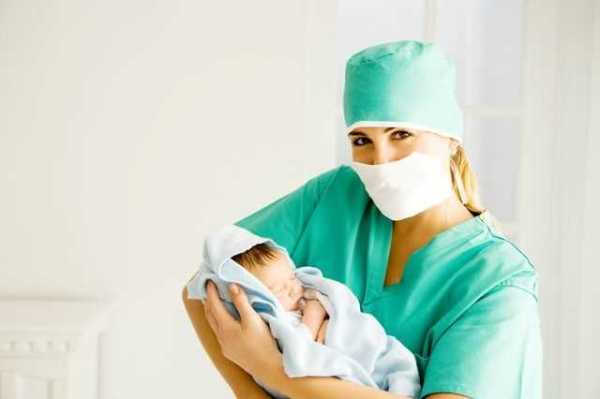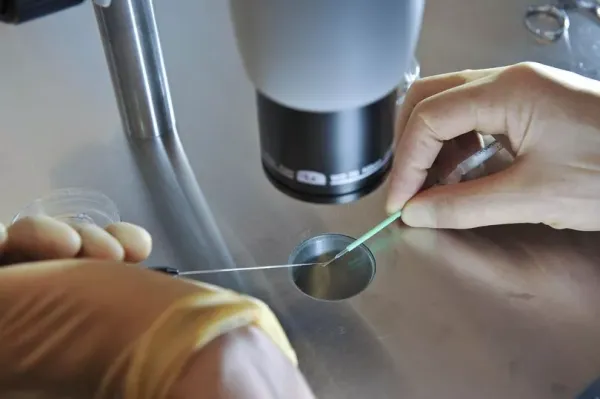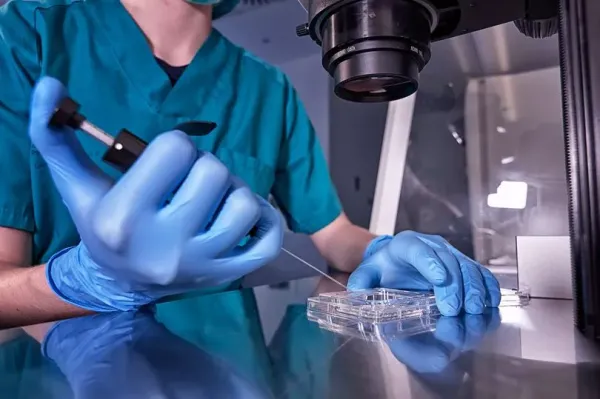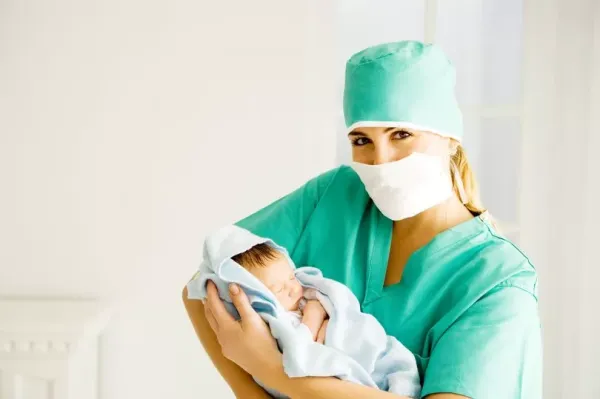
AI could end the infertility heartache for thousands of childless couples by boosting IVF success rates, breakthrough research suggests.
Artificial Intelligence has been shown to help doctors identify follicles that are most likely to lead to the birth of a baby during in-vitro fertilization (IVF) treatment. One in six couples experience infertility and 50,000 undergo fertility treatment every year but they increasingly have to raid family savings or go into debt to pay for multiple attempts. Many have to delay IVF until it’s too late or stop trying due to cost.

Senior author Dr Ali Abbara, consultant in reproductive endocrinology at Imperial College Healthcare Trust, said: “AI can offer a new paradigm in how we deliver IVF treatment and could lead to better outcomes for patients. IVF provides help and hope for many patients who are unable to conceive but it’s an invasive, expensive, and time-consuming treatment. It can be heartbreaking when it fails, so it’s important to ensure that this treatment is as effective as possible.”
The latest report by the Human Fertilisation & Embryology Authority (HFEA) showed success rates were 31% per fresh embryo transferred but the regulator warned women are leaving it later to try IVF - when it is much less likely to work - because of the cost. There has been a decade of increasing rationing of access to IVF on the NHS despite it long being approved by regulators. There is a postcode lottery with availability, and number of cycles offered, depending on the local NHS commissioning group. The average cost of an IVF cycle privately can range from £3,780 to £7,545 depending on the clinic and the treatment package
During IVF treatment, doctors use ultrasound scans to monitor the size of follicles - small sacs in the ovaries containing eggs - to decide when to give a hormone injection known as the “trigger” to prepare the eggs for collection and ensure that they are ready to be fertilised with sperm to create embryos. The timing of the trigger is a key decision as it works less effectively if the follicles are too small or too large at the time of administration. After the eggs are collected and fertilised by sperm, an embryo is then selected and implanted into the womb to hopefully lead to pregnancy.
Researchers analysed data on 19,000 patients who had completed IVF treatment to develop the AI programme. They explored which follicle sizes were associated with improved rates of retrieving mature eggs to result in babies being born.

Dr Thomas Heinis, co-senior author from the Department of Computing at Imperial College London, said: “Where the stakes are so high for making the best possible decision, this technique can support doctors’ decision making and lead to better outcomes for patients. We expect computing power to improve exponentially in the near future, enabling us to make decisions using precise data in a way that hasn't been possible previously.”
The study found that delivering the hormone injection when a greater proportion of follicles were sized between 13-18mm was linked to higher rates of mature eggs being retrieved and improved rates of babies being born. Currently clinicians use ultrasound scans to measure the size of the largest follicles and generally give the trigger injection when a threshold of either two or three lead follicles greater than 17mm or 18mm has been reached.
Their findings suggest that maximising the proportion of intermediately sized follicles could optimise the number of mature eggs retrieved and improve the rates of babies being born. The team believe that the findings from the study highlight the potential of AI to aid in the personalisation of IVF treatment to improve success rates.

Professor Waljit Dhillo, senior investigator at Imperial College London, said: “Our findings could pave the way for a new approach to maximise the success of IVF treatment, leading to more pregnancies and births. Our study is the first to analyse a large dataset to show that AI can identify the specific follicle sizes that are most likely to yield mature eggs more precisely than current methods.
“This is an exciting development as the findings suggest that we can use information from a much wider set of follicle sizes to decide when to give patients trigger shots rather than just the size of only the largest follicles - which is what is used in current clinical practice.”
A study last year by Cardiff University and Queen’s University Belfast found that infertility-related trauma is more common than previously recognised. The research analysed data from 590 respondents who self-reported their traumatic experiences linked to infertility events and 41% met criteria for post-traumatic stress disorder (PTSD) and complex PTSD.
Pregnancy success rates for IVF are much higher for women aged under 35. Last year’s report by the Human Fertilisation & Embryology Authority (HFEA) showed the average age of women accessing IVF was above 35 for the first time. This compared to the average age of first time mums being 29 years old.
Julia Chain, chair of the HFEA, said: “Early access to fertility treatment is crucial for those who need it. The higher average age may also relate to difficulty in funding fertility treatment, owing to recent increases in the cost of living, a fall in the proportion of NHS-funded IVF cycles and increased waiting times for further investigations before accessing NHS-funded treatment.”
The annual report also found women undergoing IVF to have a child despite reporting being single has almost doubled since 2019. Women storing their eggs to preserve them for a future pregnancy attempt also increased by around 80% over the period.